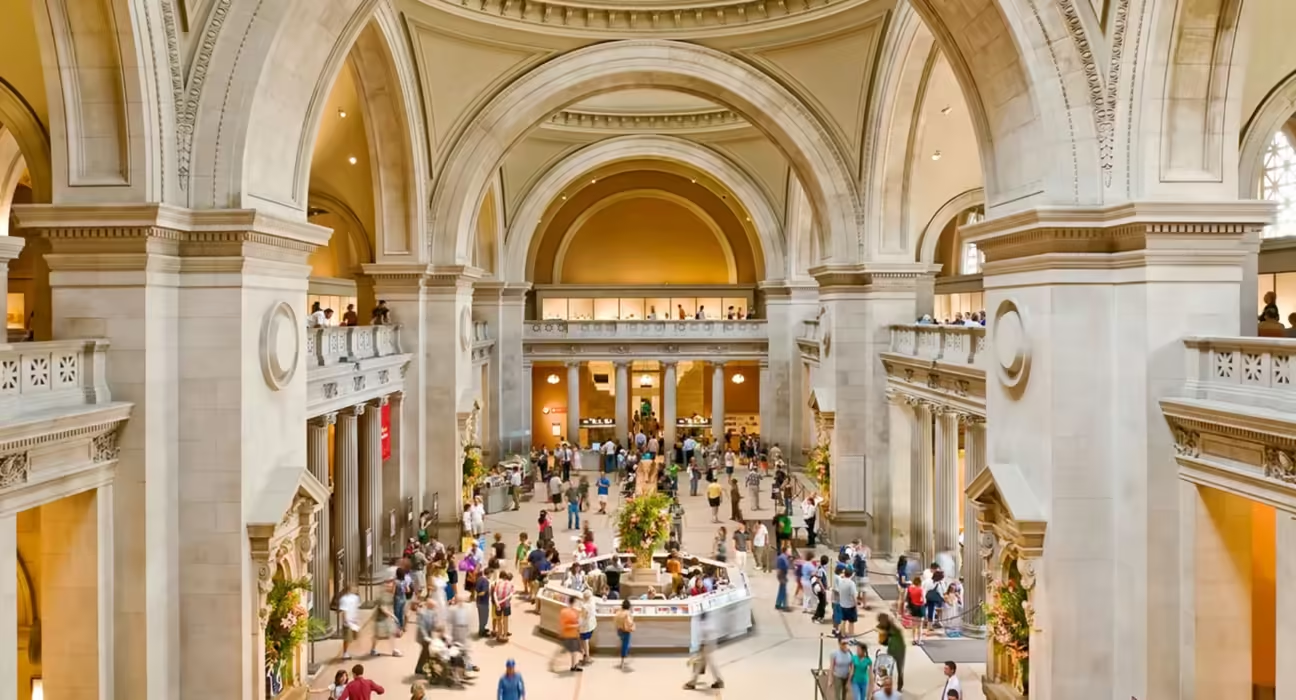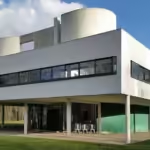Beaux-Arts architecture, a distinguished movement that flourished during the late 19th and early 20th centuries, is characterized by its grand scale and classical influences. Rooted deeply in the artistic traditions of ancient Greece and Rome, this architectural style emerged initially in France before making its indelible mark across the globe. The development of Beaux-Arts architecture gained significant momentum after the Chicago World’s Fair in 1893, where the fusion of durable materials and refined designs was showcased in its full glory. As we delve into the various facets of this architectural phenomenon, we can appreciate how it transcends mere construction to embody a profound artistic expression that resonates with communities.
The Foundations of Beaux-Arts Architecture

Understanding the essence of Beaux-Arts architecture requires an exploration of its foundational principles and characteristics. This section will unravel the structural elements that define this architectural style.
Characteristics of Beaux-Arts Architecture
At the core of Beaux-Arts architecture lies the grandeur of its design elements. The use of monumental facades, intricate detailing, and symmetrical layouts creates an imposing yet welcoming ambiance.
The monumental facades often feature large columns, grand staircases, and elaborate doorways. These elements not only serve functional purposes but also evoke feelings of awe and reverence among onlookers. The ornate decorations, including sculptural reliefs and friezes, narrate stories that resonate with cultural significance.
Moreover, symmetry plays a pivotal role in the overall composition of Beaux-Arts buildings. By employing balanced proportions and harmonious arrangements, architects create visual tranquility, inviting viewers to engage with the space leisurely.
Materiality and Craftsmanship

The choice of materials in Beaux-Arts architecture reflects a commitment to durability and elegance. The use of stone, marble, and decorative metals contributes to the style’s timeless appeal and longevity.
Craftsmanship is paramount in Beaux-Arts structures; skilled artisans meticulously sculpt details that elevate the aesthetic quality of buildings. From intricately designed cornices to finely carved statues, every aspect of craftsmanship speaks to a dedication to artistry.
This emphasis on materiality and craftsmanship fosters a connection between the built environment and human experience. Each element invites individuals to explore the nuances of design while appreciating the labor that went into creating these masterpieces.
Historical Context
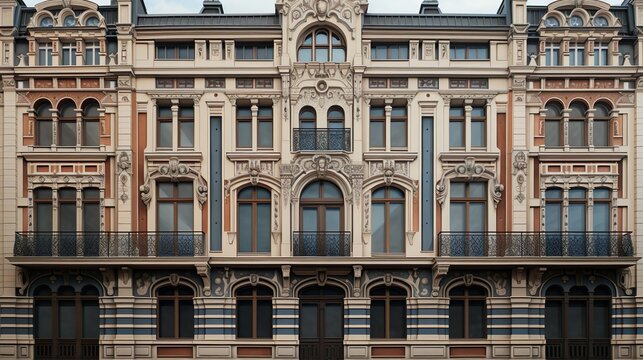
To fully grasp the impact of Beaux-Arts architecture, one must consider the historical context in which it emerged. The late 19th and early 20th centuries were marked by rapid urbanization, industrial advancements, and cultural shifts.
As cities expanded, there was a pressing need for public buildings that could reflect civic pride and aspiration. Beaux-Arts architecture filled this void, offering designs that symbolized progress while drawing inspiration from classical antiquity.
This historical backdrop resulted in a unique blend of tradition and innovation, as architects sought to instill a sense of identity within the evolving urban landscape. The influence of movements such as the French Renaissance and Baroque styles further enriched the vocabulary of Beaux-Arts architecture.
Cultural Significance of Beaux-Arts Architecture
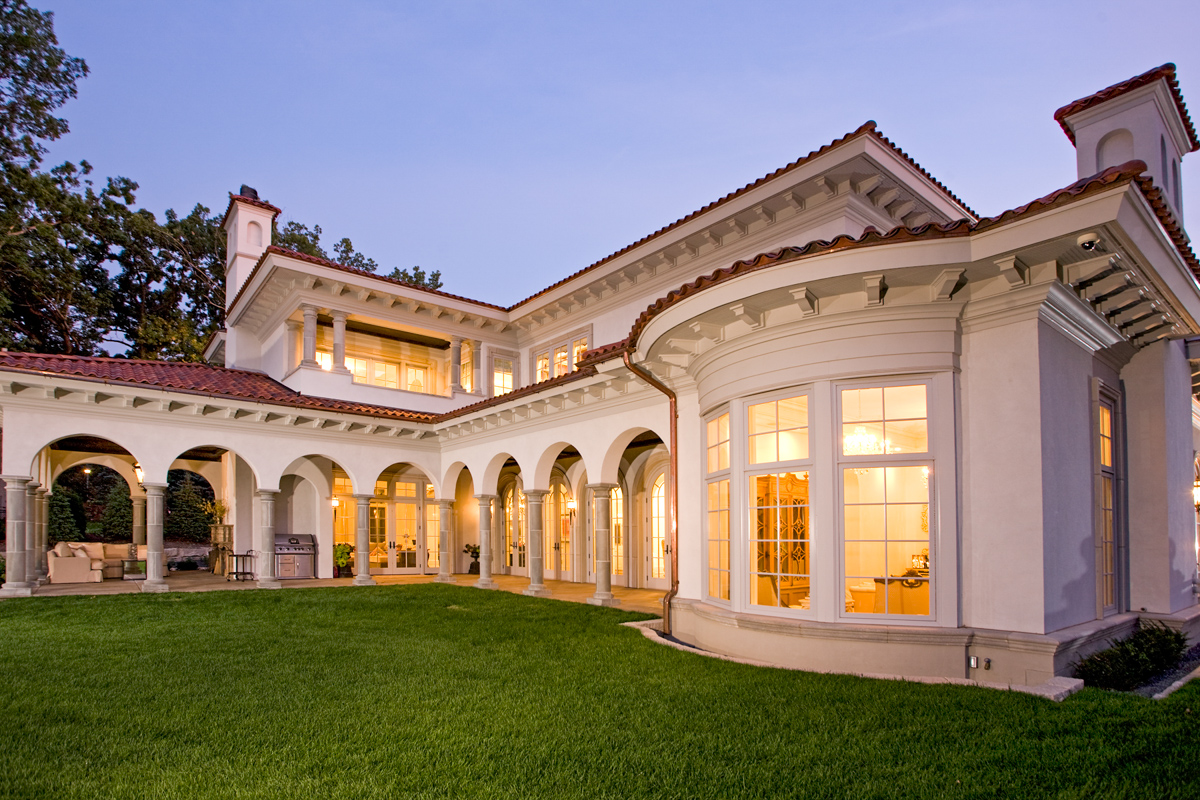
Beyond the physical structures, Beaux-Arts architecture serves as a cultural touchstone that encapsulates the values and aspirations of its time. This section aims to explore the cultural significance woven into the fabric of this architectural style.
Urban Identity and Civic Pride
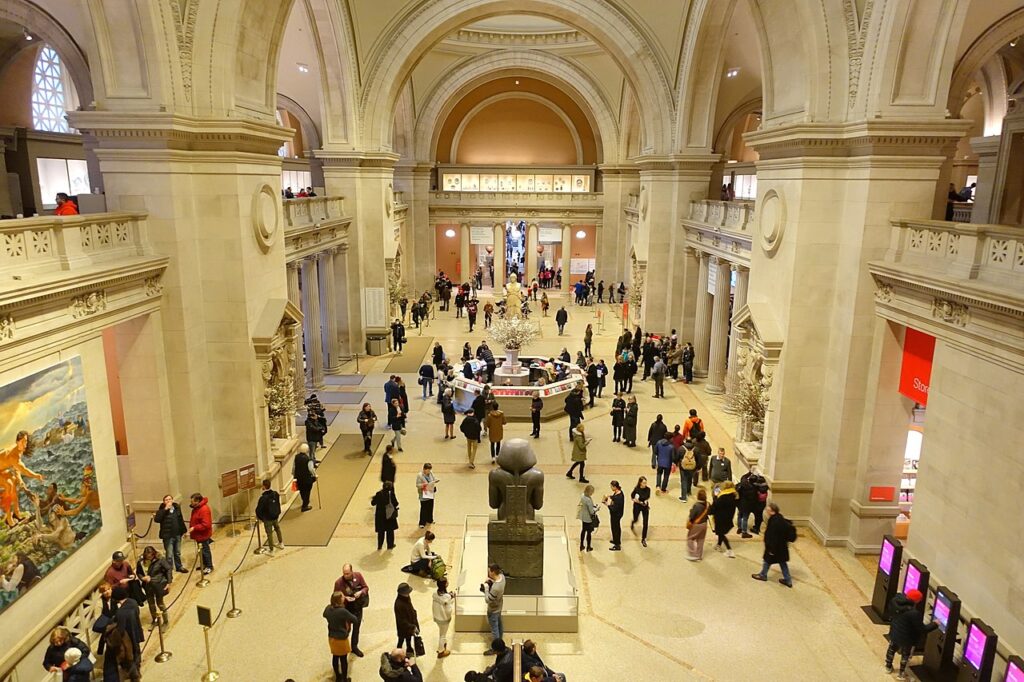
One of the most compelling aspects of Beaux-Arts architecture is its ability to shape urban identity and foster civic pride. The grand edifices created within this style often become symbols of a city’s character and heritage.
Public institutions such as libraries, museums, and concert halls exemplify this phenomenon. Take, for instance, the Metropolitan Museum of Art in New York City. Its Beaux-Arts facade stands as a testament to the city’s cultural sophistication and commitment to the arts.
The architectural language of Beaux-Arts communicates a sense of permanence, suggesting that these institutions are not just temporary structures but rather enduring entities meant to serve generations. This imbues the surrounding community with pride, reinforcing a collective identity tied to these monumental spaces.
The Role of Beaux-Arts in Defining Public Spaces
In addition to creating iconic structures, Beaux-Arts architecture has played a crucial role in defining public spaces that encourage social interaction and engagement.
Many Beaux-Arts buildings are strategically situated along grand boulevards or in public squares, transforming them into focal points for communal gatherings, celebrations, and cultural events. This intentional placement fosters a sense of belonging and shared experience among residents.
Consider the Grand Central Terminal in New York City. Beyond its function as a transportation hub, it serves as a vibrant meeting place where countless stories unfold daily. The architectural grandeur of the terminal elevates the mundane experience of commuting into something extraordinary, creating lasting memories for those who pass through its hallowed halls.
A Reflection of Societal Values

Throughout history, architecture has served as a mirror reflecting the societal values of its era. Beaux-Arts architecture, in particular, embodies the ideals of beauty, order, and harmony that were highly valued during its peak.
The integration of classical motifs and architectural principles conveys a reverence for history and the pursuit of excellence. This alignment with timeless aesthetics positions Beaux-Arts structures as guardians of cultural memory, preserving narratives that might otherwise fade away.
Furthermore, the opulent detailing found in Beaux-Arts architecture can be interpreted as a response to the changing aspirations of society. During times of economic growth, the extravagance in design symbolizes confidence and ambition, while during periods of uncertainty, it may evoke nostalgia for stability and tradition.
Iconic Beaux-Arts Structures
A closer examination of specific landmarks allows us to appreciate the diversity and richness of Beaux-Arts architecture. This section will explore some of the most iconic structures that exemplify the principles of this remarkable style.
The Metropolitan Museum of Art
The Metropolitan Museum of Art stands as a beacon of culture and artistry within the heart of New York City. Its Beaux-Arts facade captivates visitors with its imposing presence, inviting exploration of the artistic treasures housed within.
Constructed in the early 20th century, the museum showcases a harmonious blend of classical design elements and modern functionality. The grand entrance, adorned with massive columns and intricate sculptures, beckons art enthusiasts and casual visitors alike.
Inside, the layout reflects a careful consideration of space, allowing for seamless circulation through diverse galleries. The interplay of natural light and thoughtfully curated exhibits enhances the visitor experience, making each visit a journey through art history.
Grand Central Terminal
Grand Central Terminal, a marvel of engineering and design, epitomizes the spirit of Beaux-Arts architecture. Opened in 1913, this iconic transportation hub remains a vital link connecting commuters and travelers.
The terminal’s majestic main concourse features soaring ceilings adorned with celestial murals, evoking a sense of wonder as visitors gaze upward. The grandeur of the space is complemented by intricate detailing in the wrought iron chandeliers and ornate moldings.
Beyond its practical purpose, Grand Central Terminal serves as a cultural landmark that has appeared in films, literature, and art. It stands as a testament to the enduring allure of Beaux-Arts architecture and its capacity to inspire imagination.
The Palais Garnier

The Palais Garnier, an opera house in Paris, exemplifies the theatricality and opulence of Beaux-Arts architecture. Designed by Charles Garnier, the building boasts a lavish interior that transports visitors to a world of splendor.
With its grand staircase, gilded ceilings, and magnificent chandelier, the Palais Garnier offers an immersive experience that transcends mere performance. The architecture itself becomes part of the spectacle, captivating audiences long before the curtain rises.
This iconic venue not only celebrates the performing arts but also serves as a gathering place for Parisian society. The blending of artistry and architectural brilliance underscores the cultural relevance of Beaux-Arts structures in shaping social experiences.
Education and the Evolution of Beaux-Arts Architecture

Education has played a transformative role in the evolution of Beaux-Arts architecture. This section delves into the educational systems and institutions that have shaped the understanding and practice of this architectural style.
Architectural Schools and Their Influence
/beauxart-NYlibrary-475783824-5796bd685f9b58461f5d0c7e.jpg)
The emergence of dedicated architectural schools coincided with the rise of Beaux-Arts architecture, paving the way for a new generation of architects. Institutions such as the École des Beaux-Arts in Paris became centers of learning, imparting essential knowledge about design principles and techniques.
Students were immersed in a curriculum that emphasized the study of classical architecture and rigorous training in drawing and modeling. This approach fostered a strong foundation that allowed aspiring architects to develop their unique voices while respecting traditional forms.
The influence of architectural education extended beyond national boundaries, as students from around the world flocked to learn from esteemed professors. This cross-pollination of ideas contributed to the global proliferation of Beaux-Arts principles, resulting in regional adaptations and interpretations.
Mentorship and Knowledge Transfer
Mentorship played a pivotal role in shaping the careers of many architects during the Beaux-Arts era. Established practitioners often took on apprentices, providing guidance and sharing invaluable insights about the intricacies of design and construction.
The exchange of knowledge fostered a collaborative spirit within the architectural community, promoting a culture of experimentation and innovation. As younger architects assimilated traditional practices, they began to push the boundaries of Beaux-Arts principles, leading to the development of new styles.
This mentorship dynamic also laid the groundwork for future architectural movements, influencing subsequent generations to reconsider the relationship between form, function, and aesthetics.
Contemporary Perspectives on Beaux-Arts Architecture
In recent years, there has been a resurgence of interest in Beaux-Arts architecture, prompting discussions about preservation and adaptation. Contemporary architects draw inspiration from this rich legacy, exploring ways to integrate its principles into modern design.
The revival of Beaux-Arts elements can be observed in various urban developments that seek to honor historical contexts while addressing contemporary needs. This dialogue between past and present highlights the enduring relevance of Beaux-Arts architecture in shaping vibrant urban landscapes.
Additionally, the restoration of historic Beaux-Arts buildings demonstrates a commitment to preserving cultural heritage. By rejuvenating these structures, societies reaffirm their appreciation for the artistry and craftsmanship inherent in this architectural style.
Conclusion
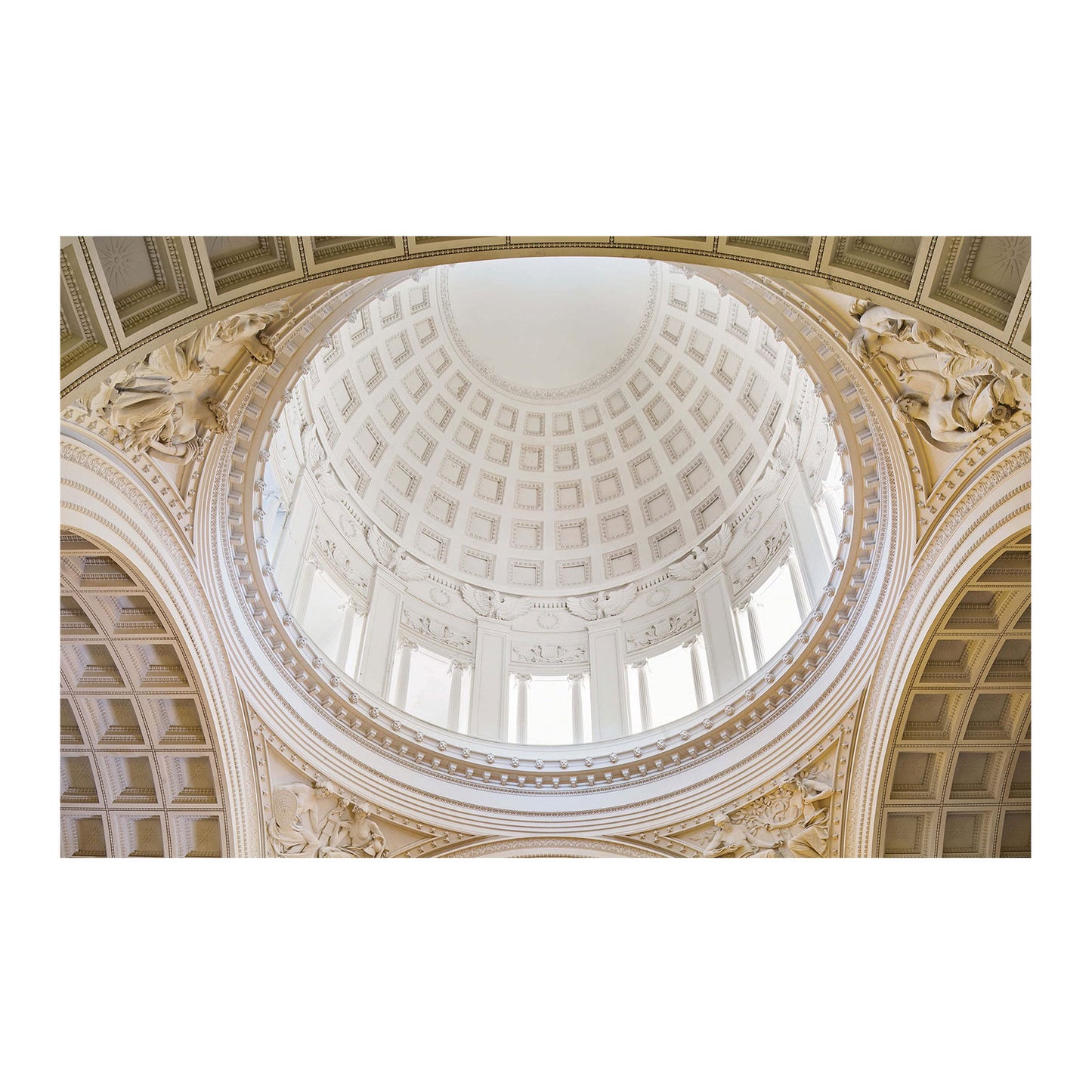
In summary, Beaux-Arts architecture is a timeless expression of artistic ingenuity that continues to captivate audiences worldwide. Its monumental structures—characterized by grand designs, exquisite detailing, and profound cultural significance—serve as reminders of humanity’s quest for beauty and meaning in the built environment. Through its influence on urban identity, social interaction, and architectural education, Beaux-Arts architecture has left an indelible mark on the tapestry of our cities.
As we navigate the complexities of modern life, the allure of Beaux-Arts architecture persists, inviting us to reflect on the interplay between art and humanity. The preservation and appreciation of these iconic structures ensure that future generations can continue to explore the richness of this architectural legacy, enriching our collective cultural memory.
✉️ Stay Connected — Subscribe for Weekly Updates
Discover timeless stories, practical wisdom, and beautiful culture — delivered straight to your inbox.
*We only share valuable insights — no spam, ever.




